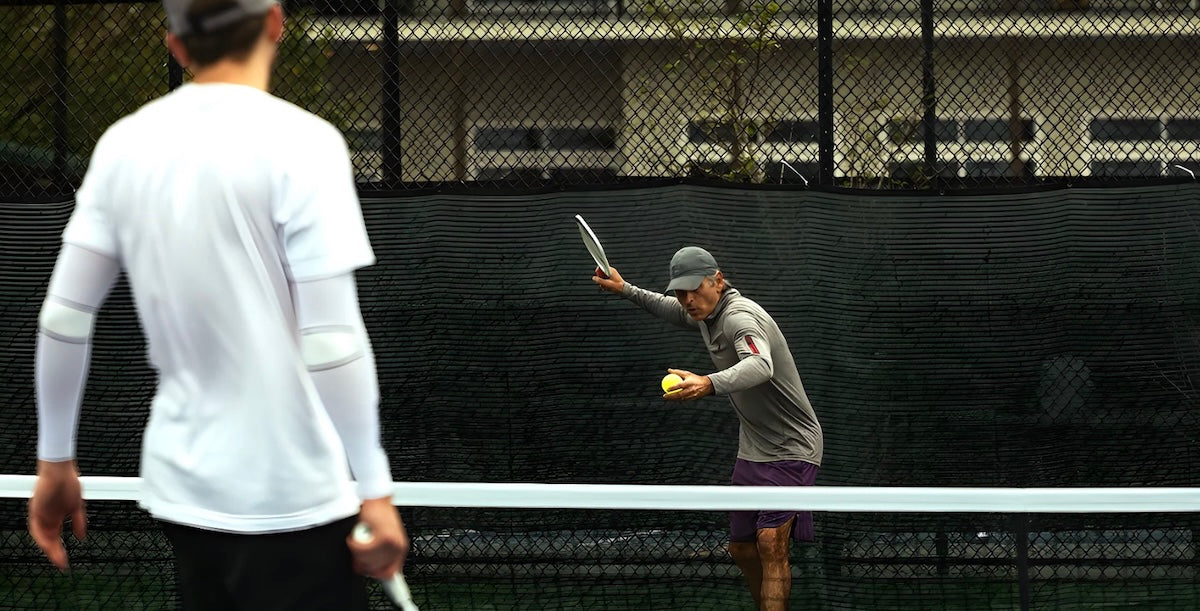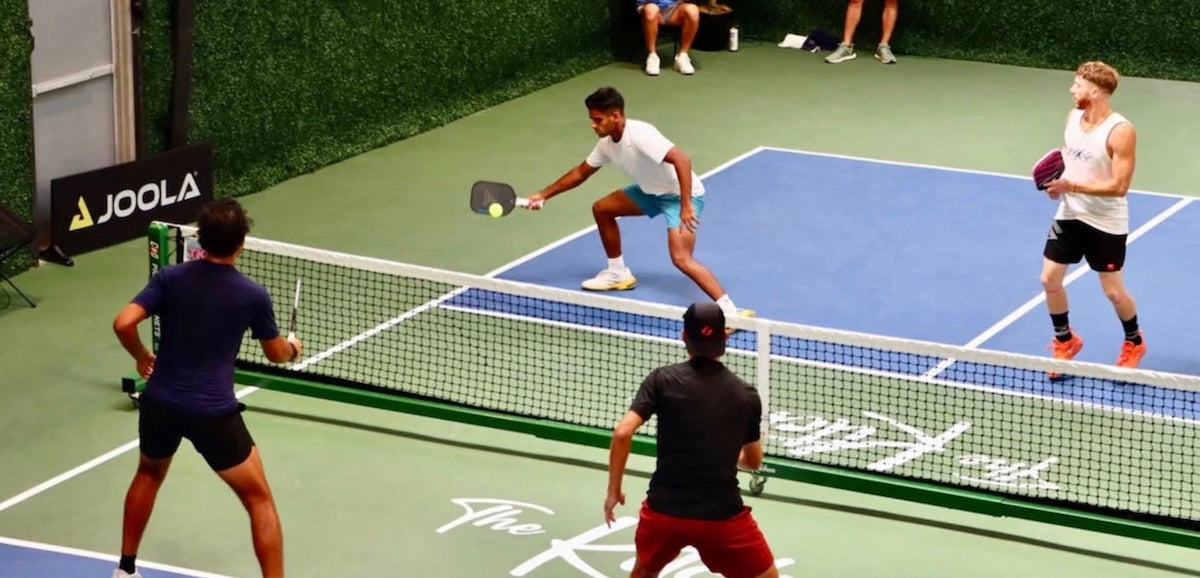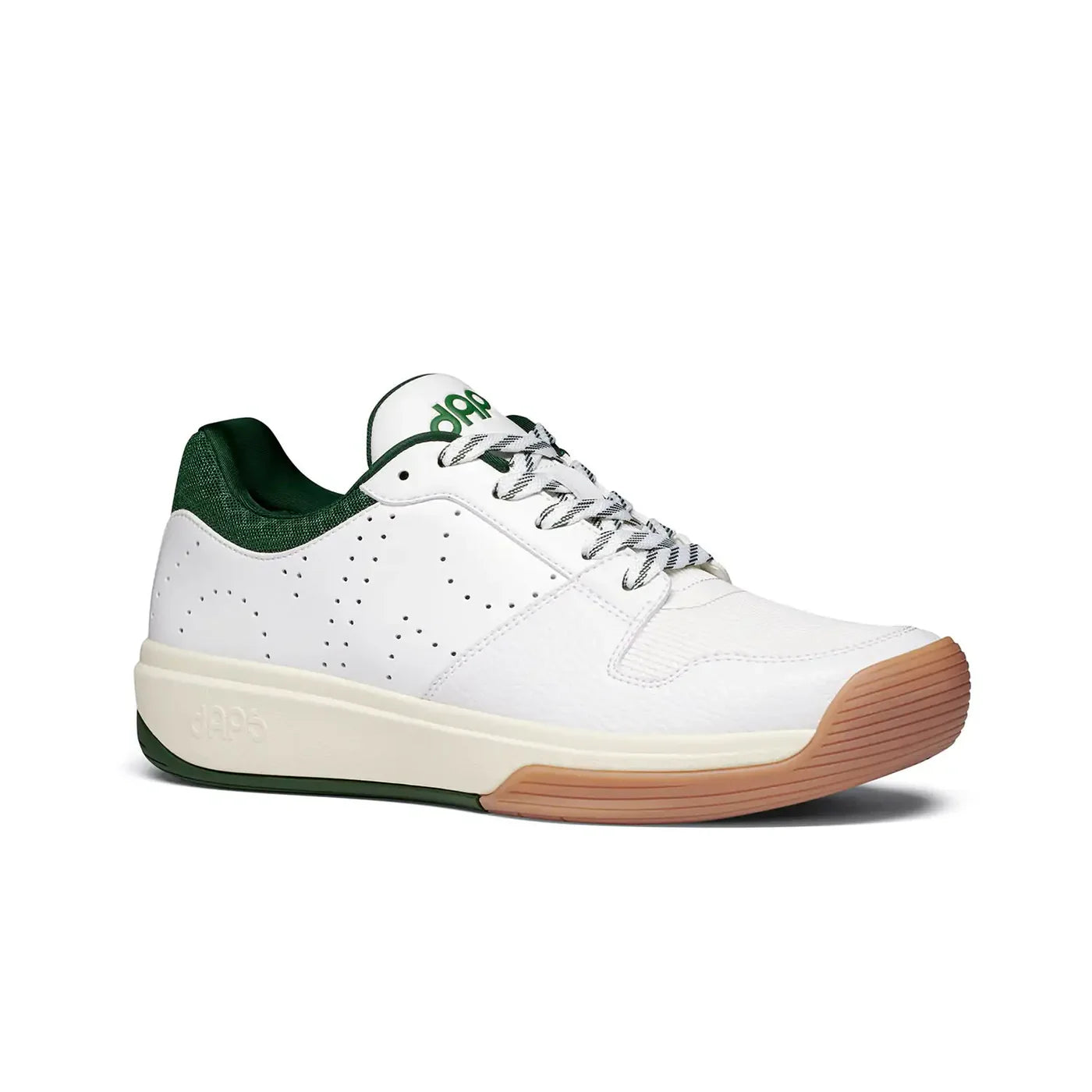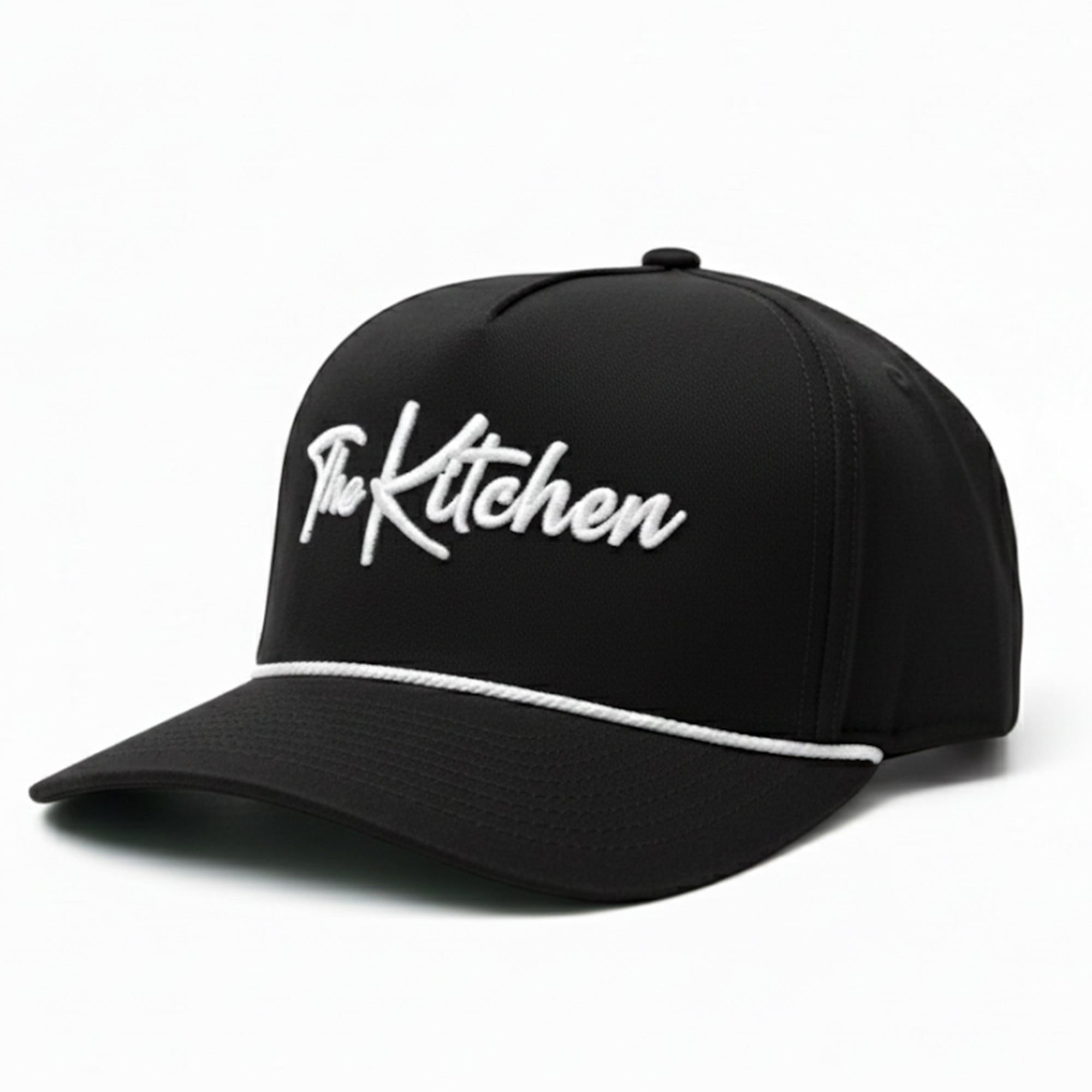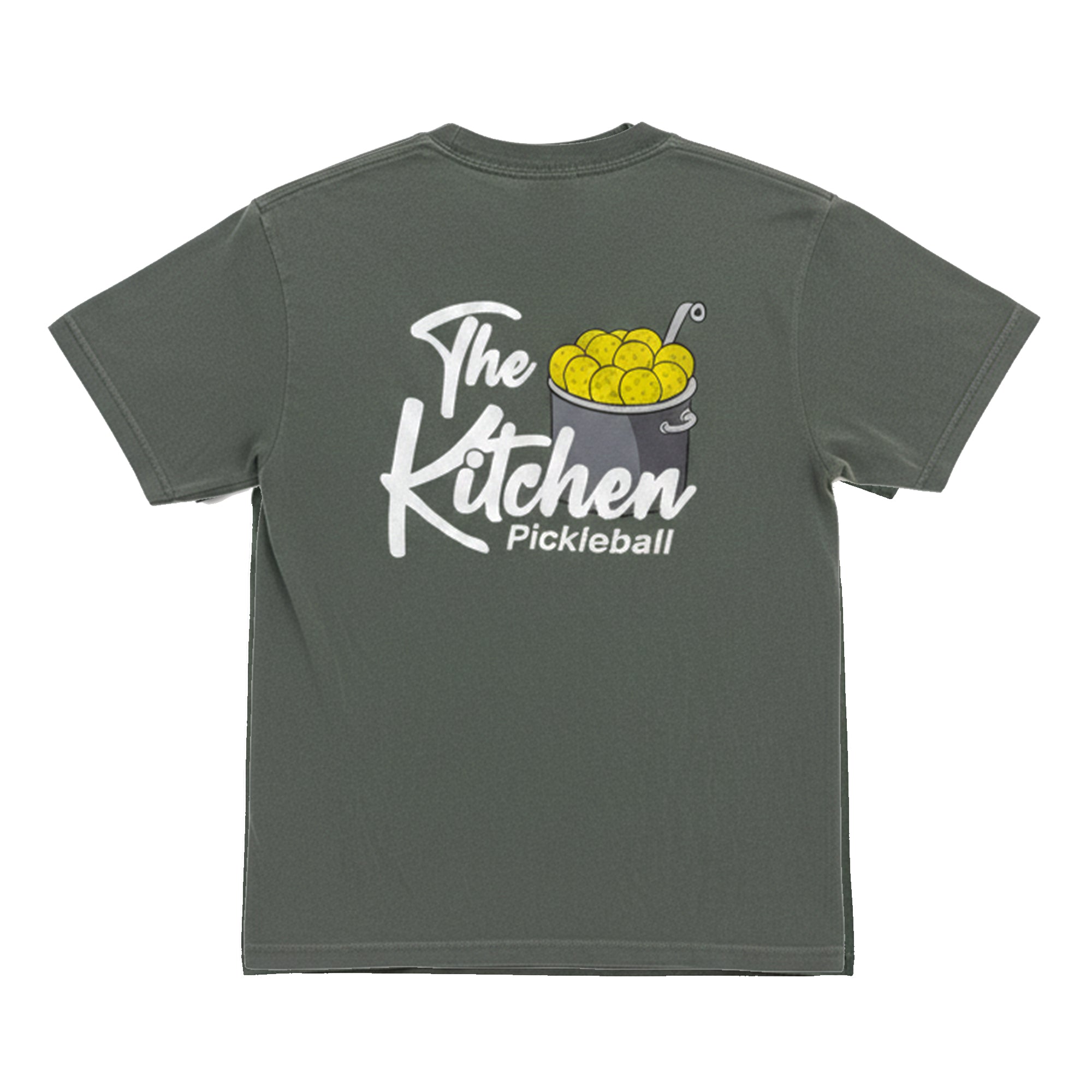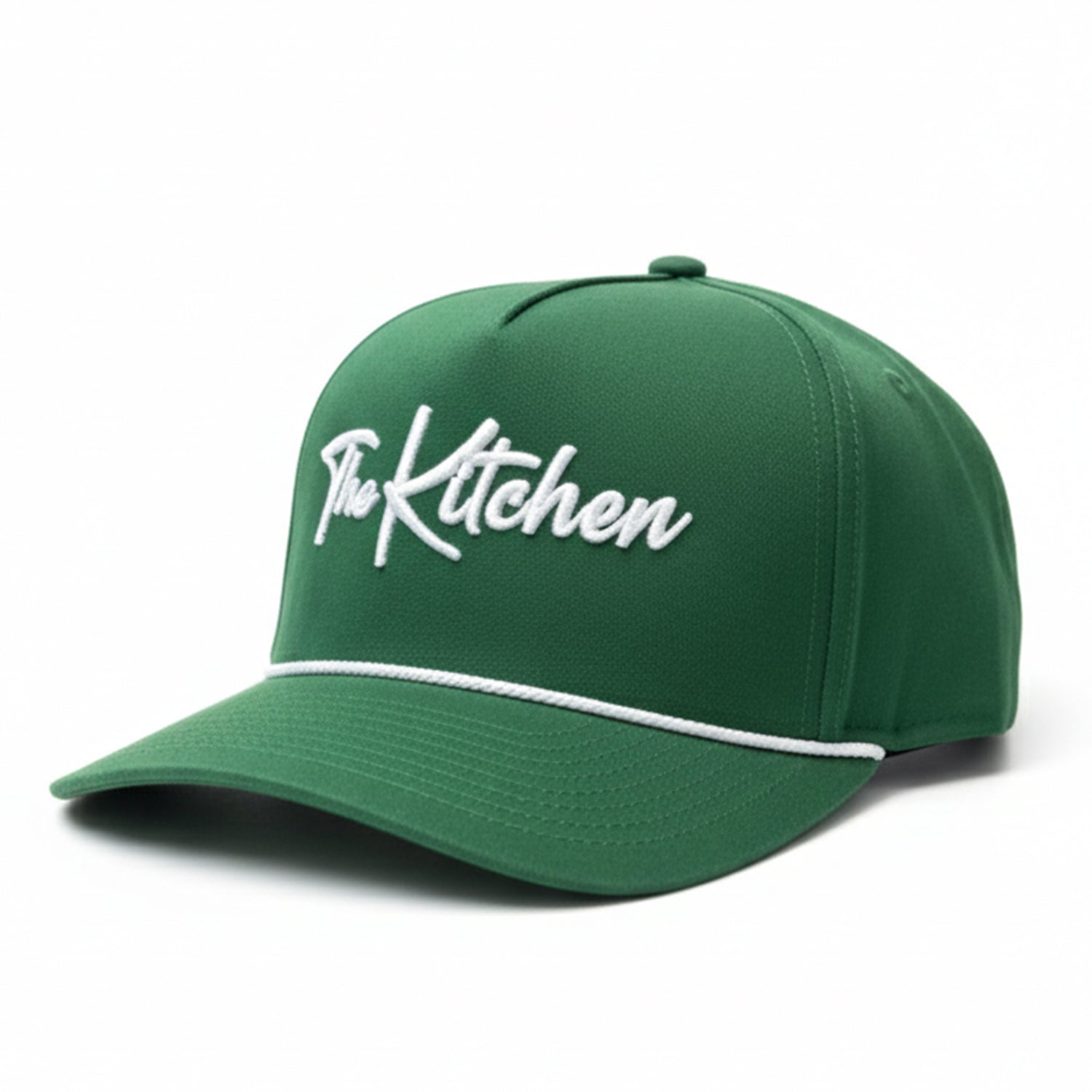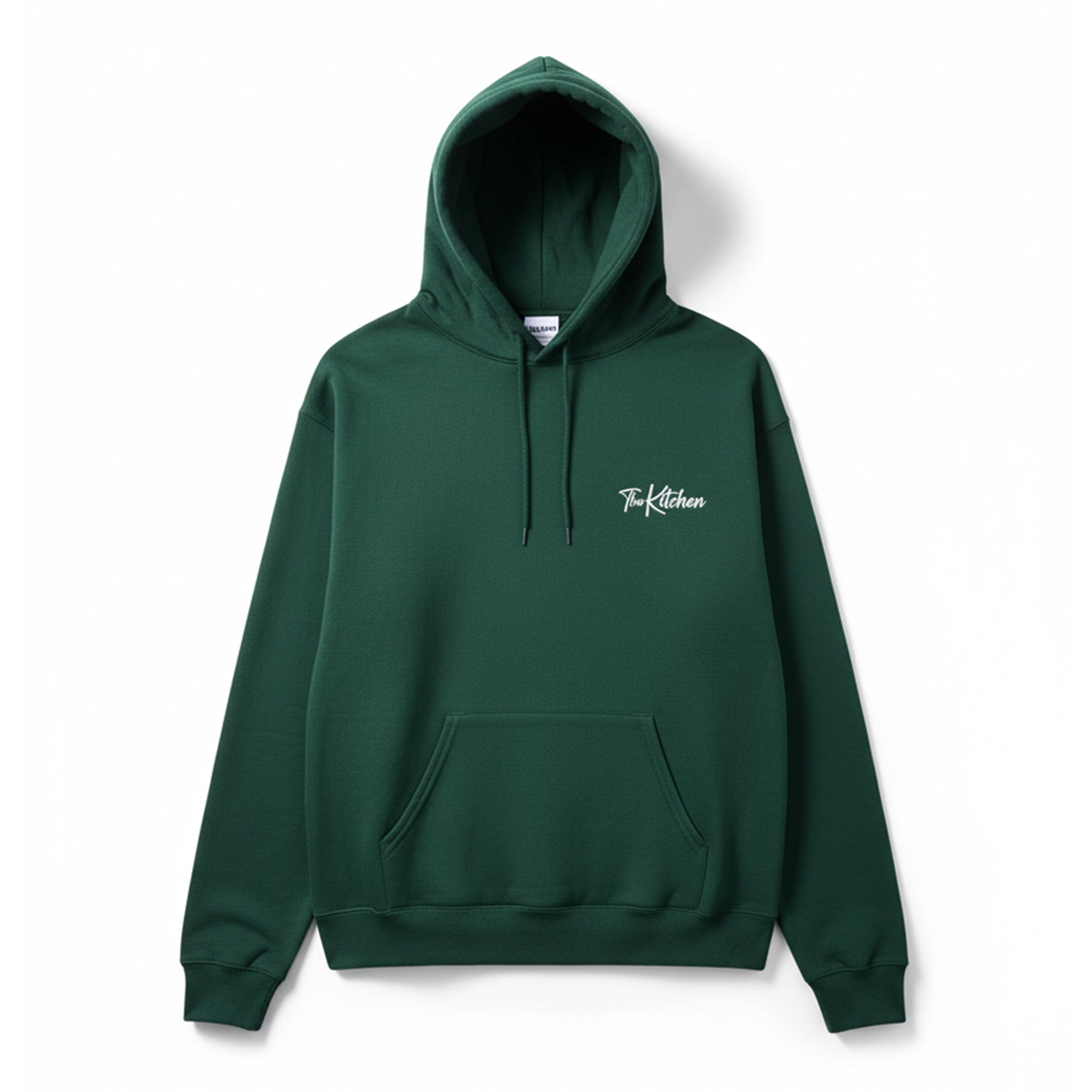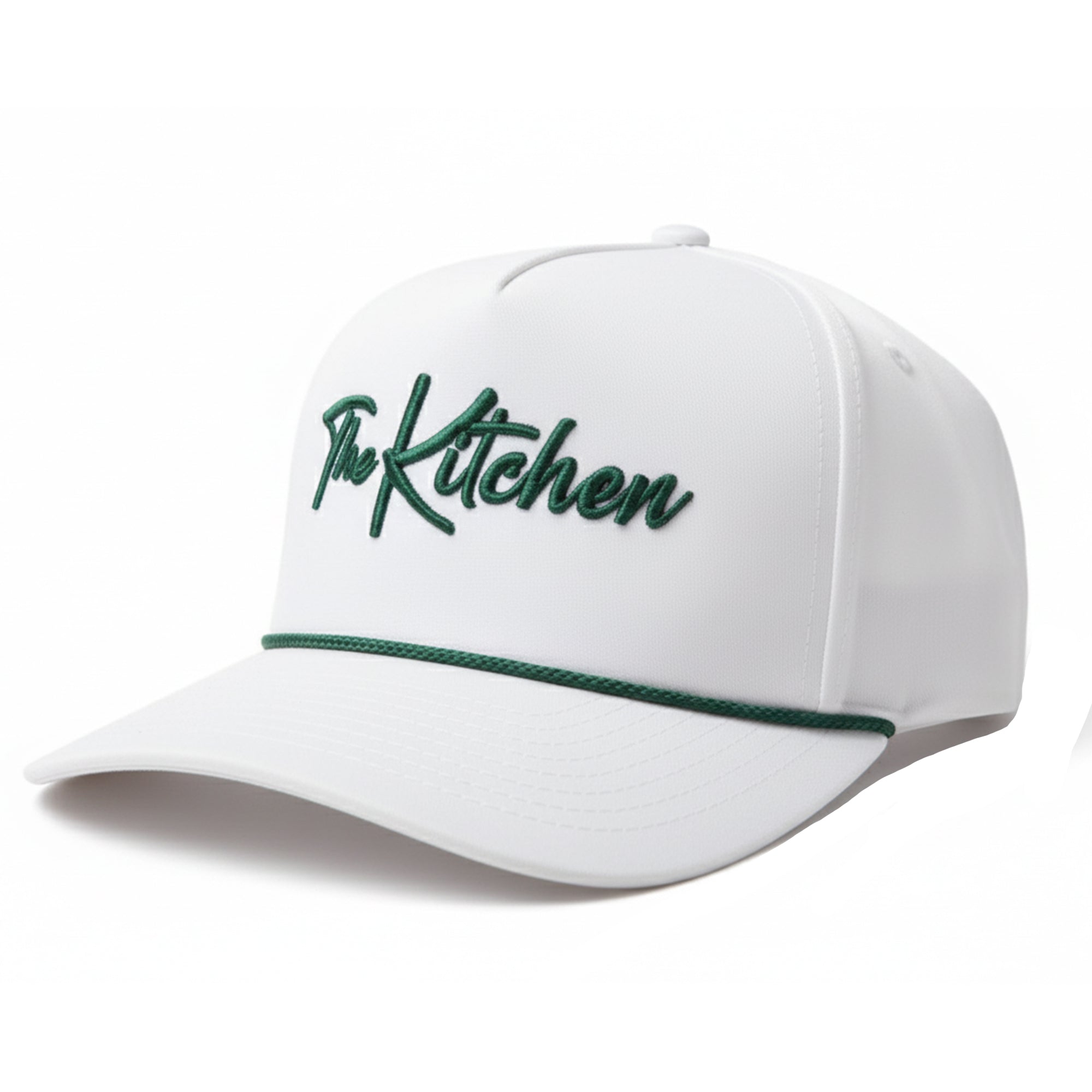The top skill needed to reach 4.0 in pickleball? Timing
Last Edited
Dec 06 2024
Category
Instruction
What’s holding you back from reaching 4.0 in pickleball? It’s probably not your power or even your dinking ability—it’s timing.
Timing is the secret sauce that separates intermediate players from advanced competitors, and it’s most critical at the kitchen line.
At the 4.0 level, the game changes. It’s no longer just about consistency, it’s about controlling the tempo.
Elite players master two things: buying themselves time on defense and stealing time from their opponents on offense.
How to Steal Time from Your Opponents
When pros like Ben Johns are at the kitchen, they never look rushed, even when under pressure. Why? Because they use their positioning, footwork, and paddle control to dictate the pace of play.
They absorb hard drives with soft resets, giving themselves precious milliseconds to recover. On the flip side, they use sharp dinks and precise speed-ups to take time away from their opponents, forcing errors.
At the kitchen line, timing is everything.
Watch top players, and you’ll notice they’re always moving—stepping back to reset when under attack, then reengaging to apply pressure:
It’s a game of microseconds, and the best players win by being intentional with every shot.
The takeaway: stop focusing solely on landing every shot perfectly and start thinking about how you can manipulate time:
- Slow the game down when you’re on defense
- Add variation to the pace of play while on offense
Top pro James Ignatowich has a few recommendations for playing at the kitchen line in his newsletter:
Dinking out of the air: Just because you’re leaning in to take a dink out of the air does not mean you have to be ultra aggressive. Way too many players try to do too much when dinking out of the air.
Remember, when you take a ball out of the air, your opponent is likely leaning back (or at least not forward), so you have an opportunity to stay on offense by hitting it at their feet. Keep leaning in to take time away, but be selective on speedup attempts.
One of my biggest pet peeves is when someone has a great crosscourt dink, but fails to recover to towards the middle. The goal of this dink is basically to get a pop up in the middle, and you’re responsible for covering the middle anyway.
Get in there and be aggressive in the middle after you hit a good crosscourt dink, even if your backhand is in the middle.
Erne: The threat of an Erne goes a long way in creating tension on the other side of the line. It funnels the ball to the middle for your partner to (hopefully) take control of the dink rally with their forehand in most cases.




